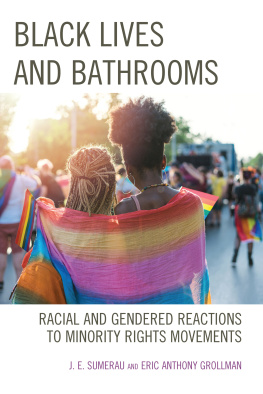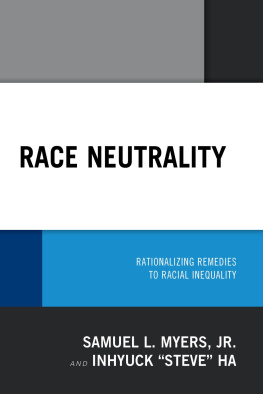Douglas S. Massey - Spheres of Influence: The Social Ecology of Racial and Class Inequality
Here you can read online Douglas S. Massey - Spheres of Influence: The Social Ecology of Racial and Class Inequality full text of the book (entire story) in english for free. Download pdf and epub, get meaning, cover and reviews about this ebook. year: 2014, publisher: Russell Sage Foundation, genre: Science. Description of the work, (preface) as well as reviews are available. Best literature library LitArk.com created for fans of good reading and offers a wide selection of genres:
Romance novel
Science fiction
Adventure
Detective
Science
History
Home and family
Prose
Art
Politics
Computer
Non-fiction
Religion
Business
Children
Humor
Choose a favorite category and find really read worthwhile books. Enjoy immersion in the world of imagination, feel the emotions of the characters or learn something new for yourself, make an fascinating discovery.
- Book:Spheres of Influence: The Social Ecology of Racial and Class Inequality
- Author:
- Publisher:Russell Sage Foundation
- Genre:
- Year:2014
- Rating:5 / 5
- Favourites:Add to favourites
- Your mark:
Spheres of Influence: The Social Ecology of Racial and Class Inequality: summary, description and annotation
We offer to read an annotation, description, summary or preface (depends on what the author of the book "Spheres of Influence: The Social Ecology of Racial and Class Inequality" wrote himself). If you haven't found the necessary information about the book — write in the comments, we will try to find it.
This data-intensive volume examines the differences in access to material, symbolic, and emotional resources across major racial groups. The authors find that the effects of racial inequality are exacerbated by the class differences within racial groups. For example, when measuring family incomes solely according to race, Massey and Brodmann found that black families average income measured $28,400, compared to Hispanic families $35,200. But this gap was amplified significantly when class differences within each group were taken into account. With class factored in, inequality across blacks and Hispanics family incomes increased by a factor of almost four, with lower class black families earning an average income of only $9,300 compared to $97,000 for upper class Hispanics. Massey and Brodmann found similar interactions between class and racial effects on the distribution of symbolic resources, such as occupational status, and emotional resources, such as the presence of a biological fatheracross racial groups. Although there are racial differences in each groups access to these resources, like income, these disparities are even more pronounced once class is factored in.
The complex interactions between race and class are apparent in other social spheres, such as health and education. In looking at health disparities across groups, Massey and Brodmann observed no single class effect on the propensity to smoke cigarettes. Among whites, cigarette smoking declined with rising class standing, whereas among Hispanics it increased as class rose. Among Asians and blacks, there was no class difference at all. Similarly, the authors found no single effect of race alone on health: Health differences between whites, Asians, Hispanics, and blacks were small and non-significant in the upper class, but among those in the lower class, intergroup differences were pronounced.
As Massey and Brodmann show, in the United States, a growing kaleidoscope of race-class interactions has replaced pure racial and class disadvantages. By advancing an ecological model of human development that considers the dynamics of race and class across multiple social spheres,Spheres of Influencesheds important light on the factors that are currently driving inequality today.
Douglas S. Massey: author's other books
Who wrote Spheres of Influence: The Social Ecology of Racial and Class Inequality? Find out the surname, the name of the author of the book and a list of all author's works by series.









